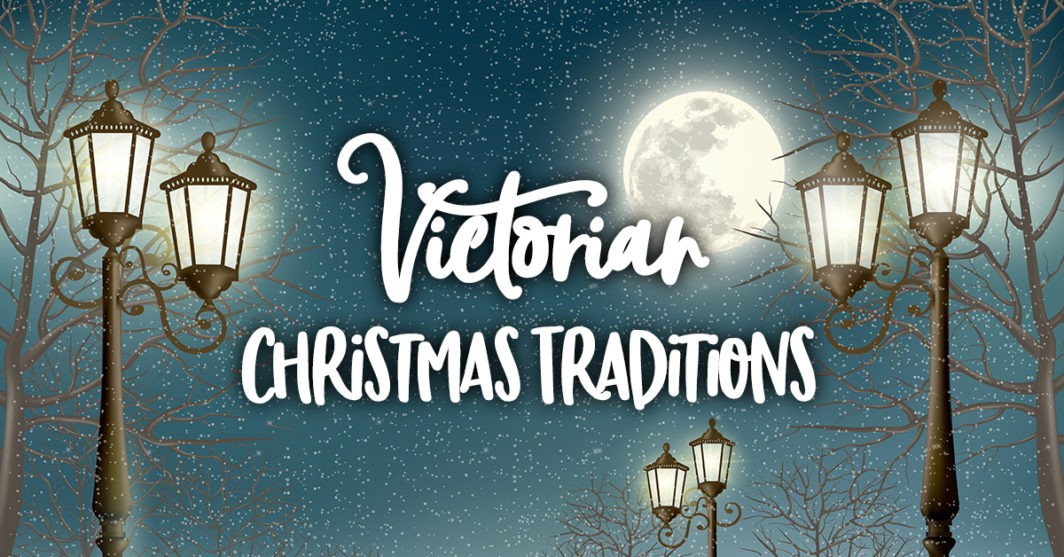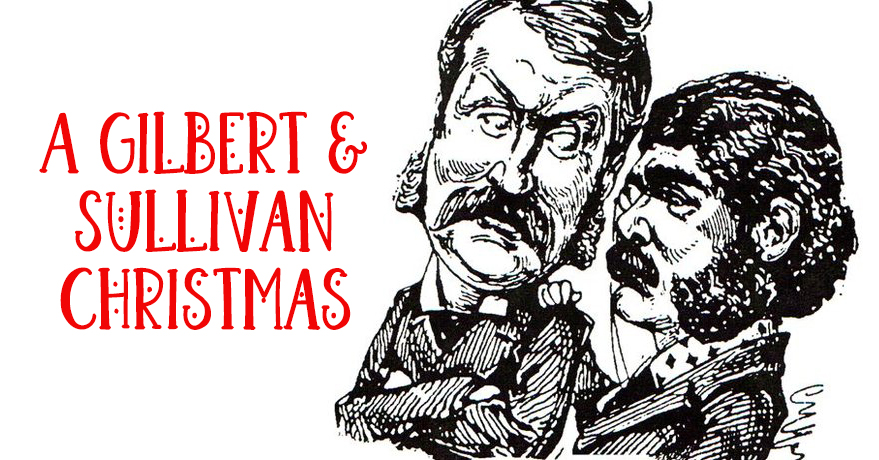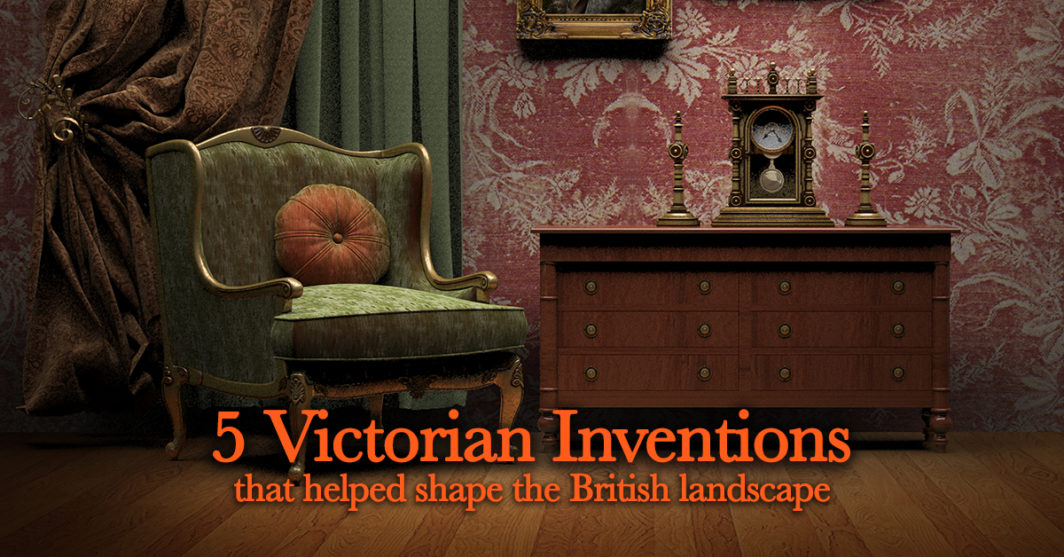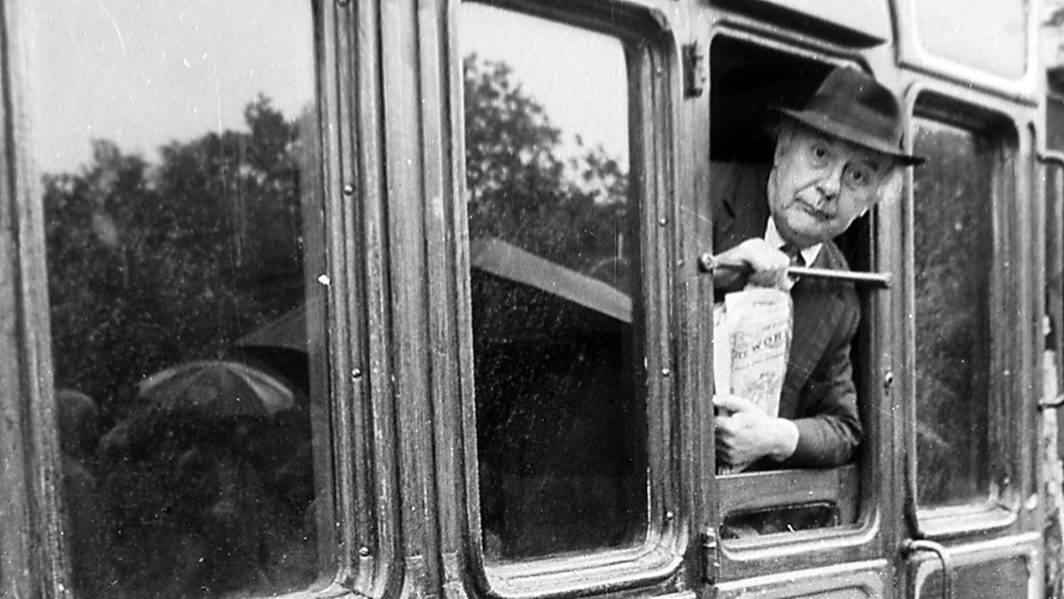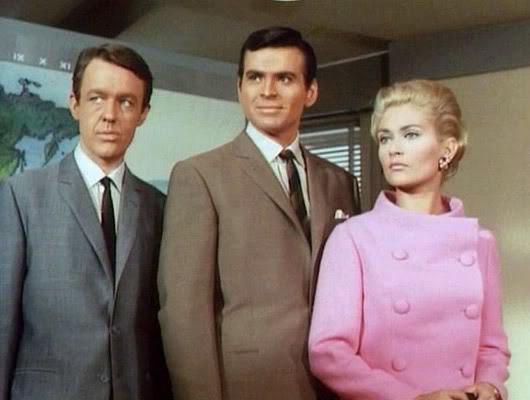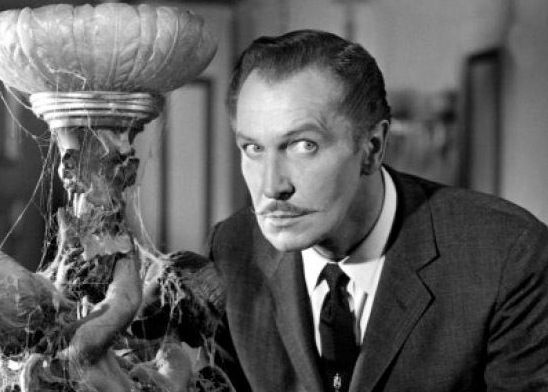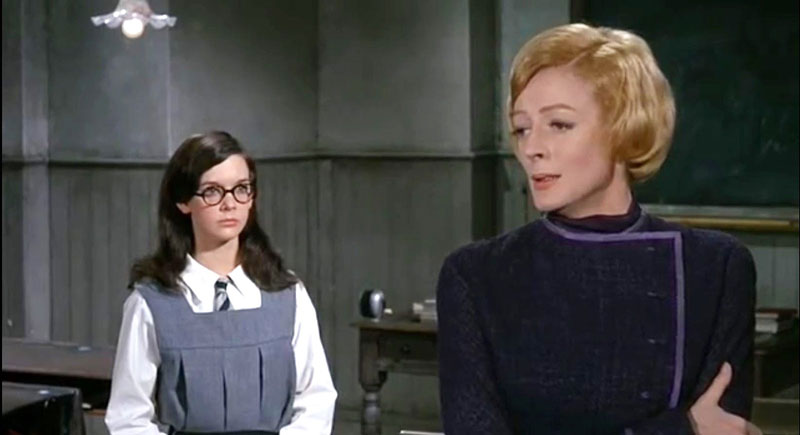The marriage of Queen Victoria to Prince Albert bought about huge changes for Christmas, as it once was. Up until this point it hadn’t really been recognised as a holiday by businesses and the act of giving presents was something that was reserved for New Year. With the newspapers sharing insights into the newly married royal couples life, the Christmas … Read More
A Gilbert & Sullivan Christmas
During their careers, both Gilbert and Sullivan contributed to Christmas entertainment in a variety of ways. Gilbert not only contributed through his written works, but his family also enjoyed spreading the Christmas spirit through their parties and pantomimes. Sullivan did not have a family, but he kept himself busy with his compositions, including four Christmas carols and opera collaborations with … Read More
Christmas cards – a very Victorian tradition
Christmas is a time for giving and, for many households, Christmas cards are an essential part of that giving tradition, a way to spread the joy and cheer of happy holiday greetings. However, Christmas cards weren’t always cheerful or traditional! The first commercial Christmas cards were created by Sir Henry Cole in 1843. A senior civil servant, Cole wanted to … Read More
Popular Victorian Parlour Games
Parlour games were incredibly popular during the Victorian era, as I’m sure Sir and Lady Gilbert would attest! They were played primarily by the middle and upper classes, as a means to entertain dinner party guests and small family gatherings. Parlour games were designed for indoor entertainment and were primarily played in the parlour; hence the name ‘parlour game’. They … Read More
5 Victorian inventions that inadvertently helped shape the British landscape
The Victorian era was a time of great inventions and discoveries. Numerous Victorian inventions have shaped how we live and work, but there are several that impacted on how the country looked too. Here are 5 of the best-loved ones. The postage stamp Sir Rowland Hill, an English teacher and social reformer, came up with the idea for the adhesive … Read More
Sir John Betjeman
Sir John Betjeman CBE, was the writer and narrator behind the critically-acclaimed BBC documentary ‘Metro-land’. It celebrated suburban life in the northwest of London and featured Grim’s Dyke and Harrow Weald during the 50-minute, 1973 documentary. But what do we know about Sir John Betjeman? Born in London on 28th August 1906, Betjeman was born into a prosperous family. His … Read More
The Champions & Grim’s Dyke
British adventure TV series The Champions may only have had 30 episodes broadcast, but it was one of the many programmes that used Grim’s Dyke as a filming location. It starred Stuart Damon, Alexandra Bastedo and William Gaunt as agents for a fictional United Nations Law Enforcement organisation called Nemesis, based in Geneva. The premise of the show was that the heroes had perfected human abilities, … Read More
W.S. Gilbert’s Dulcamara
Dulcamara, otherwise known as The Little Duck and the Great Quack, was W.S. Gilbert’s first piece of stage-work. It came about through a chance conversation between Tom Robertson and Miss Herbert, lessee of Saint James’s Theatre in London. Miss Herbert was after a Christmas piece – the only downside was she needed it written in a fortnight! Dulcamara, or The … Read More
Grim’s Dyke and The Cry of The Banshee
Grim’s Dyke has a rich history. Not only has it been home to several influential people, including W.S. Gilbert, it’s architecture has a rich history too. It’s unique blend of Victorian, Tudor and Gothic styling, along with its remote location, make it an ideal location for several different film niches – including horror. The Cry of The Banshees Filming for … Read More
Grim’s Dyke and The Prime of Miss Jean Brodie
Starring Maggie Smith, The Prime of Miss Jean Brodie was a 1969 British Drama film, based on the novel by Muriel Spark and distributed by Twentieth Century-Fox Productions Limited. Although it only achieved moderate success, The Prime of Miss Jean Brodie was nominated for several awards and won several others. Telling the story of a liberated young school teacher teaching … Read More


